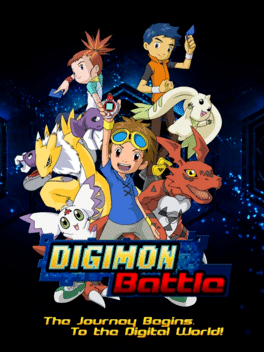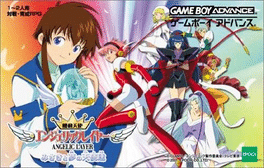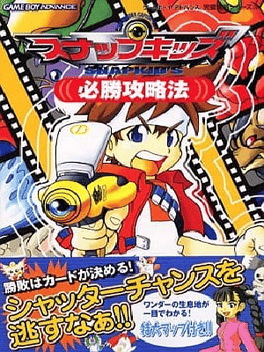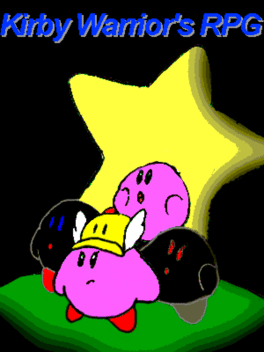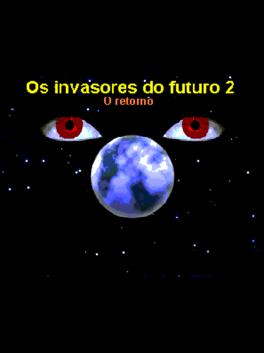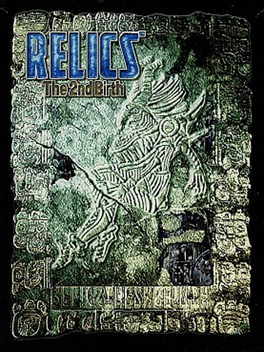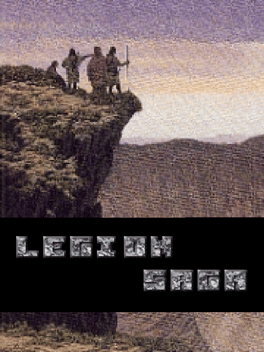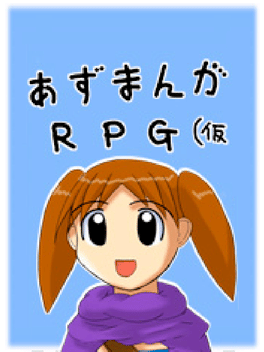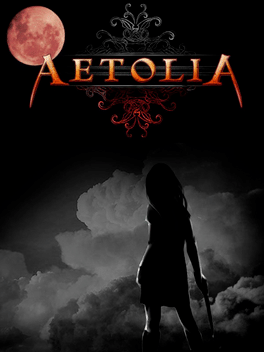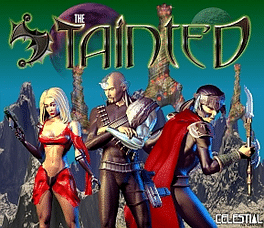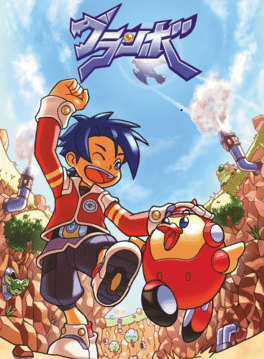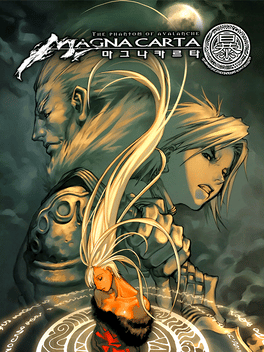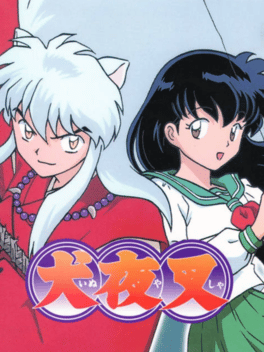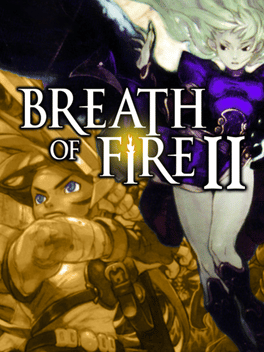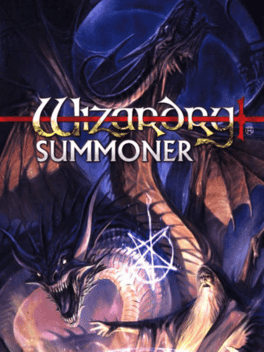New Role Playing Rpg Games - Page 225
-
Drakan: The Ancients' Gates
2002
star 4After the dragon rider Rynn returns to her home village, she finds it destroyed, and all its inhabitants massacred. Her dragon, Arokh, tells her that he hears a voice that calls them to the city of Surdana. There, they find out that race of three-faced monsters, called Desert Lords, have been terrorizing the human population recently. In order to fight them, the humans need powerful allies. But the gateway to the world of dragons has been sealed, and only a dragon of the Elder Breed can open it. Rynn and Arokh must now venture to the dragon world, restore the bond between humans and dragons, and defeat the Desert Lords. Drakan: The Ancients' Gates is an action game with RPG elements. The player will take control of both Rynn and Arokh during the course of the game. Arokh's gameplay involves flying to distant lands and dealing with some of the more powerful foes. Rynn's gameplay has more RPG elements, as she can specialize in the arts of melee fighting, archery, or magic, acquiring experience from defeated enemies. -
Digimon Battle
2002
Digimon Battle
2002
Digimon Battle, originally released in South Korea as Digimon RPG, is a free to play micro-transaction supported massively multiplayer online role-playing game in a setting based on that of the Digimon media franchise, specifically the Digimon Tamers anime. The game was first released in South Korea, but an English version was released on April 14, 2010 by WeMade Entertainment titled Digimon Battle, which ran for 3 years. The South Korean version still runs to this day. -
Kidou Tenshi Angelic Layer
2002
Kidou Tenshi Angelic Layer is a role-playing game based on the Angelic Layer manga and anime. -
Snap Kid's
2002
-
KWRPG
2001
-
Legion Saga
2001
Legion Saga
2001
Part one of a trilogy heavily inspired by the Suikoden series, with regards to setting, theme, as well as the gameplay systems of recruiting characters into your army, governing a castle and engaging in large-scale battles. -
Geas
2001
Geas
2001
Welcome to Geas, an exciting and challenging multiplayer online roleplaying game or MUD (Multi User Dungeon) of unmatched complexity and realism. Geas’ class- and level-less system allows your character to improve and advance the skills and abilities he or she uses most, thereby giving you maximum freedom and unlimited possibilities to develop your alter ego into the kind of character you imagine. The features of Geas are too extensive to list, but they include an unmatched combat system, a dynamic economy, multiple languages, a player enforced legal system, hundreds of skills, an unbelievably detailed world, and roleplay which is both mandatory and strictly enforced. -
Azumanga RPG
2001
Azumanga RPG
2001
A dungeon crawler game starring Chiyo from Azumanga Daioh. She attacks by walking into enemies. -
Atlas: The Gift of Aramai
2001
There is great unrest in the realm of Ammeth. A new evil has risen in the northern reaches of the kingdom, and darkness spreads throughout the land. A young diplomat named Jarreck is dispatched by the crown. His mission is urgent: to seek the root of the evil, and to eradicate it. Atlas: the Gift of Aramai is a classic game of exploration and adventure in a realm on the brink of magical reawakening. Take the role of Jarreck as he leads an eclectic band of adventurers on a mission of reckoning and rediscovery. It is a pivotal moment for the realm of Ammeth: will a hero arise to challenge the darkness? -
Aetolia
2001
Aetolia
2001
Aetolia is a multiplayer RPG (role-playing game) set in a gothic-fantasy world. Aetolia is played entirely in text with minimal graphics. Characters in Aetolia talk, trade, fight, plot and even kill and eat each other. They roam the continents and explore dungeons, killing (or helping) foul creatures, gather gold and treasure while increasing in power and prestige. Unlike other fantasy settings, Aetolia enables you to play characters of all alignments and creeds, and it's entirely in the hands of the player whether to become a hated villain, vaunted hero, or anything in between. -
The Tainted
2001
The Tainted
2001
The Tainted is a sci-fi action RPG set in a cyberpunk world where mega-corporations have opened up portals leading to an alien invasion. Only released in South Africa in limited quantity. -
Ancient Evil: Curse of the Snake Cult
2001
Ancient Evil: The Curse of the Snake Cult is a sequel to the popular RPG series from Silver Lightning Software. Welcome to a world called Olyndsia, which may soon plunge into a merciless abyss of chaos. Not so long ago it became known that a mysterious cult that worships snakes has appeared in the vastness of this land. This sect was named "Ophilia". As one of the agents of the Royal Guard, prepare to penetrate the very heart of this clan and shed light on the true motives of its leaders. But be extremely careful - one awkward move and your identity can be revealed, and the once peaceful lands of Olyndsia will be at the mercy of ruthless cultists. Welcome back to the universe of Ancient Evil! Dedicated to connoisseurs of classic RPGs with an emphasis on combat - dedicated! -
Granbo
2001
Granbo
2001
Granbo is a RPG game released for the Game Boy Advance in 2001. It was only released in Japan. The game's story focus on a young boy named Kakeru trying to save the world through the use of robotic animals. Granbo was also released for Nintendo's Virtual Console for Wii U in Japan. -
Magna Carta: The Phantom of Avalanche
2001
While it was never localized for western audiences, Magna Carta: The Phantom of Avalanche is notable for being the first entry in the Magna Carta series, developed and published by Softmax in Korea for Windows in 2001. -
Inuyasha
2001
Inuyasha
2001
The purpose is to defeat "Naraku" and collect the scattered "Soul of the Four Souls", but you can continue to collect "Four Soul Fragments" after clearing. There are also original movies only for games produced by Sunrise. A special "Inuyasha notebook" was added as a first-time benefit. Inuyasha becomes a human and weakens on the day of the new day (new moon) due to the age setting. After clearing the Maitreya, the air holes cannot be used. -
Breath of Fire II
2001
Breath of Fire II
2001
Breath of Fire II is a role playing game. The majority of game is played from a top-down map, however battles are seen from an isometric view. Ryu will form parties from among 8 other characters, each with their own set of skills and powers that will help him discover the truth behind the mystery. In the GBA version, you can use a link-cable to link to friends and exchange weapons and items to defeat the higher evils. And with the inclusion of the community system, you can build and maintain your own city while you are fed up of exploring. -
Wizardry Summoner
2001
Wizardry Summoner
2001
This spin-off entry in the Wizardry series has the player’s party searching for a forbidden book of ancient power for the king through various randomly generated dungeons. New to the series is the Summoner class, which can capture and summon creatures encountered in the labyrinths. Otherwise, gameplay follows the series’ traditional template: create a party in the sole town, explore maze-like dungeons, and fight in turn-based battles. A planned North American release was later cancelled.

